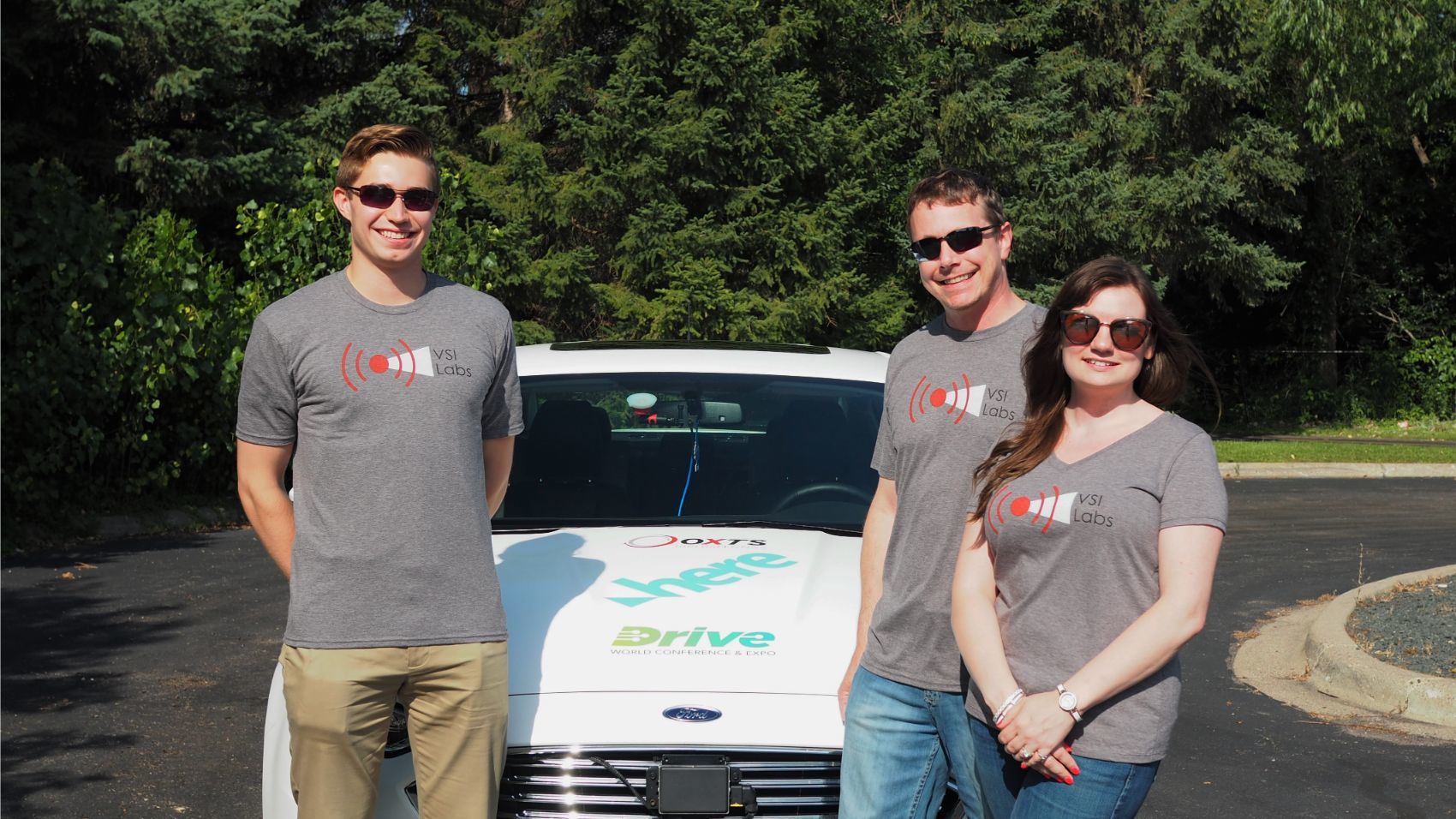Fresh off their Automated Drive West, the team from Minnesota-based VSI Labs will now head in the opposite direction. The Automated Drive East will cover approximately 1,000 miles between their Minneapolis office and Washington D.C. Similar to their trip west, VSI will be testing state-of-the-art autonomous vehicle technology. “There is always an edge case,” explained Phil Magney, VSI Founder and Principal Advisor. “The only way you are going to discover those is by accumulating miles.”
VSI Labs: What They Do & Who They Are
VSI builds vehicles to examine how different technologies interact with each other; and to better understand how they function when it comes to autonomous driving. VSI’s engineering team routinely analyzes by-wire control systems, sensor fusion applications, and precision localization; each important to the inner-workings of an autonomous vehicle. From there, VSI offers various research portals that support product and technology planning; competitive analysis and IP discovery; and product engineering and development. Today VSI has examined thousands of products and represented over 800 companies, from Silicon Valley startups to multinational OEMs.
The company consists of a small but diverse team back at their office in the Twin Cities. Engineers on staff help develop AI software and test frameworks and algorithms, among other specialties. There are those on staff responsible for research and client partnerships, along with technical content creation and marketing.
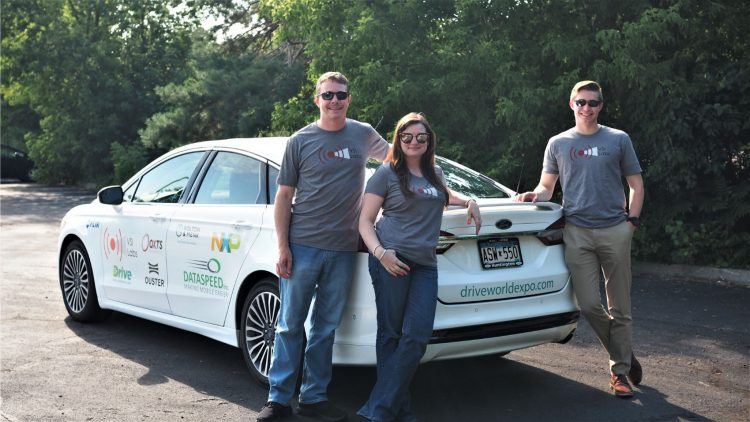
VSI Labs: The Cross-Country Test Car
In August, VSI conducted a 2,000-mile journey as part of the Automated Drive West. The team traveled to Santa Clara, California for the Drive World conference. The journey exposed their test car, a 2018 Ford Fusion with a Dataspeed by-wire control system, to a variety of terrains and weather conditions. Heading west, VSI examined and evaluated things like precision lane models and advanced GPS technology; the goal being to improve the performance and safety of both systems as they relate to autonomous driving.
“I just want to emphasize that we aren’t out to prove anything here, that’s not what we’re doing,” Magney told us before leaving in August. “We’re researchers; it’s all about discovery, understanding the limits, and finding the gaps when it comes to automated driving.”
Among the high-tech systems within the VSI test Fusion is a special Linux computer, custom-built by the engineering team. This computer is essentially the brain, acting as the central controller for the car’s on-board autonomous driving systems. As the test vehicle’s most vital organ, the VSI team has come up with clever ways of protecting it. “The computer gear we have in the trunk generates a lot of heat, so we adapted the HVAC system to provide proper cooling,” Magney said.
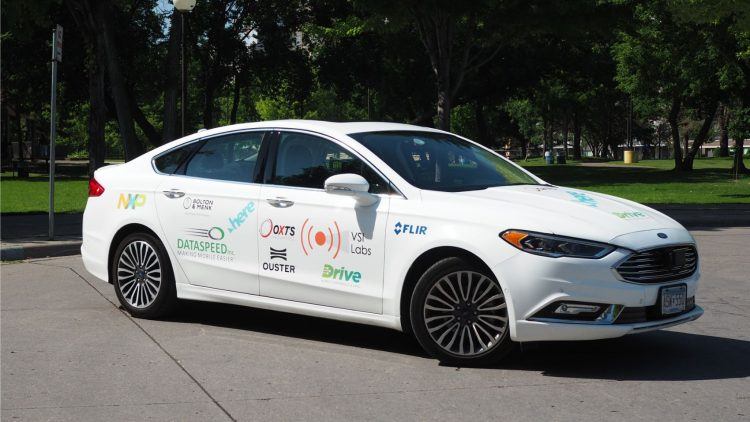
Automated Drive East: The Technology
On the journey west, VSI looked primarily at the combination of HERE Technologies’ high-definition maps with Real Time Kinematics; a ground-based positioning technology. Going east, the team will employ Trimble’s precise-point positioning technology, or Trimble RTX. Proponents of RTX say it’s a viable option for delivering accurate GNSS corrections via satellite; it’s also a key component of Cadillac’s Super Cruise feature. In a nutshell, Super Cruise can automatically steer, brake, and keep the vehicle positioned on the highway in certain, optimal conditions. The system uses high precision LiDAR map and GPS data, an advanced driver attention system, and a network of camera and radar sensors.
Translation: RTX technology helps vehicles – autonomous or otherwise – better know and understand their exact location.
“Because we are driving cross-country; because there is very little infrastructure on the open road, it’s very difficult to do landmark localization,” Magney said. “Therefore you have to rely on other technologies like RTX which gets its calculations from satellites rather than land-based sources.”
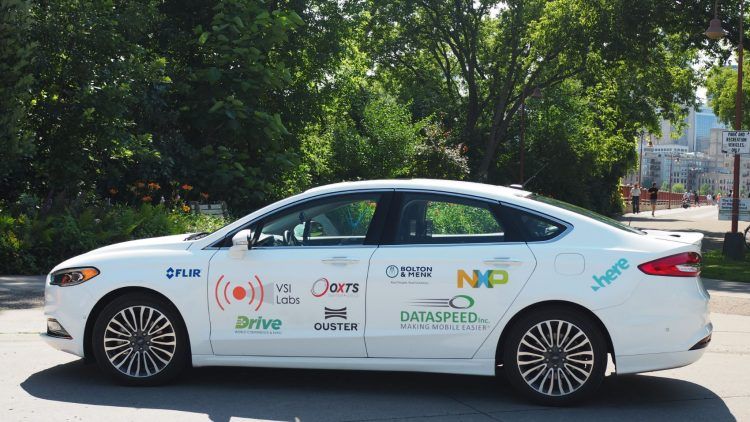
The Importance of Localizing
The notion of HD map-based lane-keeping is a relatively new idea for autonomous vehicle applications. Lane-keeping technology as we know it – mostly what is in the cars we drive now – relies on vision systems, like a camera, to maintain road position. Engineers call this “localizing” or rather the car knows its “location” at any given time. In this particular example, the vehicle’s camera would localize by “seeing” the actual lane markings. However, for cars with higher levels of autonomy, a more comprehensive solution is necessary; meaning, what if for some reason, the lane markings cannot be seen. Vision-based lane-keeping systems, while still effective by and large, are compromised in such situations.
Conversely, the combination of HERE HD map data; and being able to localize in real-time with Trimble RTX will help the VSI test vehicle stay on its intended path (and not cross the center lanes) regardless of visibility.
“This journey is about understanding the performance of these two complimentary technologies when subjected to variable conditions,” Magney said. “As the leading research company on active safety and automated driving, it’s our job to test the various technologies available to the industry, and there’s no better way to do that than driving cross-country.”
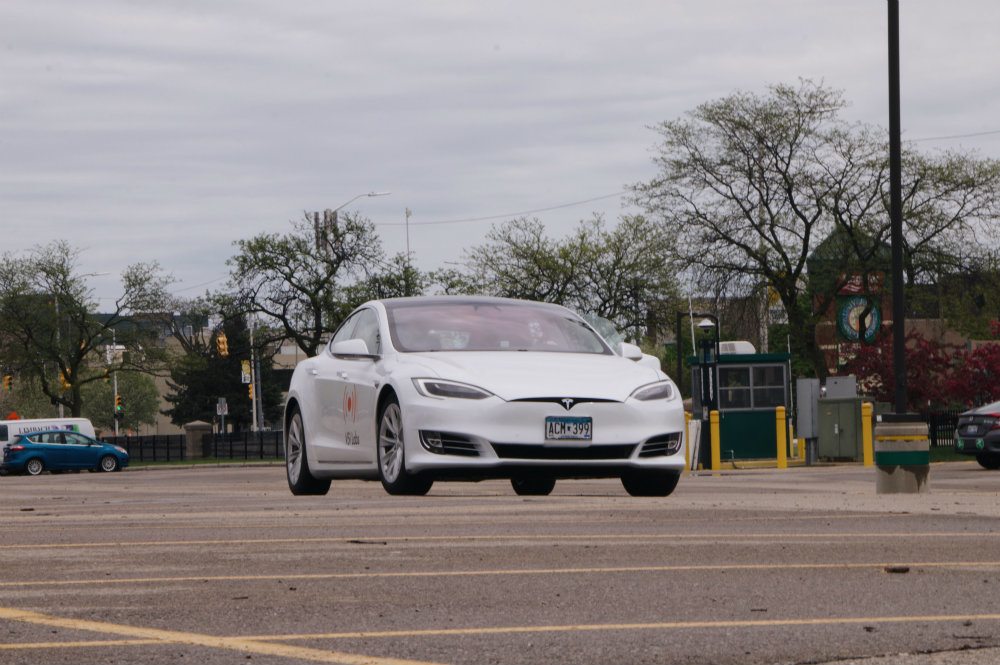
Knowledge Gained, An Algorithm Applied
On the Automated Drive East, the team will be watching for one particular correction they made after arriving back from out west. While on the way to California, the team noticed passing a semi truck would sometimes prove problematic. The aerodynamic drag coming off the rig would sometimes interrupt the test vehicle’s intended and computed path.
“These are the edge cases we are taking about which you only discover by putting miles on,” Magney explained. “We have applied some things to the algorithms in the test car on the control side to minimize that now.”
Follow The Automated Drive East
The Automated Drive East begins on Friday, September 27th. The VSI team will make the trip in two days, passing through Chicago and Pittsburgh on the way to Washington D.C. You can follow the journey in real-time on social media, either through the VSI Labs Twitter and/or Facebook page.
“We’re thrilled to support VSI’s research with Trimble RTX and look forward to being a part of the Drive East,” added Marcus McCarthy, Director of Autonomous Navigation Solutions at Trimble. “This is a great opportunity for us to further validate Trimble RTX’s contribution to the safety and performance of autonomous and semi-autonomous driving solutions.”
Carl Anthony studies mechanical engineering at Wayne State University, serves on the Board of Directors for the Ally Jolie Baldwin Foundation, and is a member of the Midwest Automotive Media Association and the Society of Automotive Historians. Before going back to school, he simultaneously held product development and experiential marketing roles in the automotive industry. Carl is also a loyal Detroit Lions fan.

